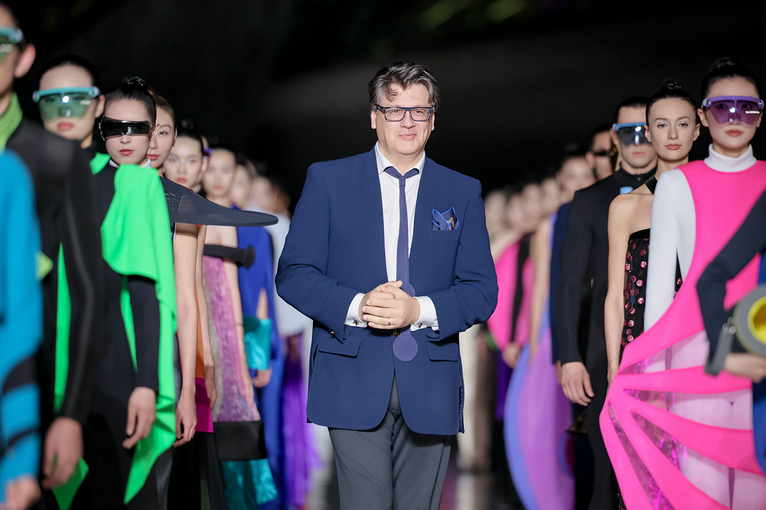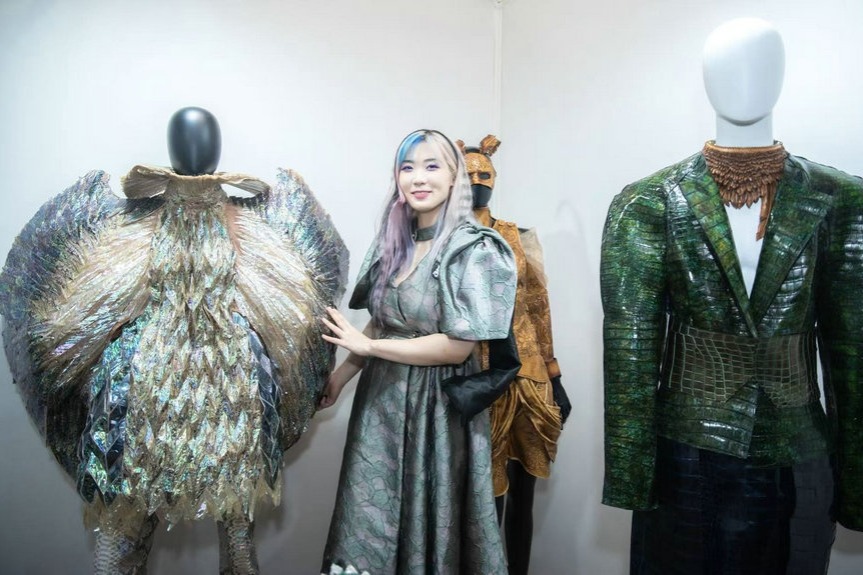THREE doctors, TWO countries, ONE enemy


"I've met several doctors who do not quite believe in aggressive early medical intervention. To stay home, drink a lot of water, eat fruit and take anti-fever medicine when it's necessary-that's all they suggest, not that different to what you're expected to do when contracting a flu."
Yet all three doctors agree that the utter unpreparedness in which the US found itself in March, when infection numbers took off, left doctors and patients with few options.
News reports in mid-March described people lining up in the rain for at least a day to get a test at Elmhurst Hospital in Queens, the hospital Tian Liyan went to.
Elsewhere, Flushing Hospital Medical Center, with its 293 beds, had more than 600 in-patients at one time. Even storage space was occupied by medical beds.
"Tests as well as urgent-care centers and emergency departments were not recommended then for mild cases or young people, because they didn't have capacity to handle that vast number of people," Pang says. "If people all went, there would simply be more cross-infections and possibly more deaths."
"The situation with the mask and oximeter was probably the same-how could the government recommend it if they could not make it available to everyone in need?" she says.
The doctor says she was well aware of it when community-acquired COVID-19 infections started spreading on Staten Island, where she lives and works, in late February.
"Staten Island has a large European population, and there was a lot of travel during the holiday season. Chances are that some brought the virus back with them when they returned from Europe."
By the end of May, Jiang had her antibody test in her own hospital and the result was "equivocal", meaning she was mildly or borderline positive. "There are two possibilities. First, at the time of the test, I had just become infected and had yet to develop very strong antibodies; second, I was infected months ago and had since recovered, with the antibody turning weaker and weaker."
The first time Jiang had a test was in mid-March, after being exposed to her hospital's first confirmed COVID-19 patient. It was a nucleic acid amplification test using a nasal swab specimen. The result was negative and she could not get a second test.




































